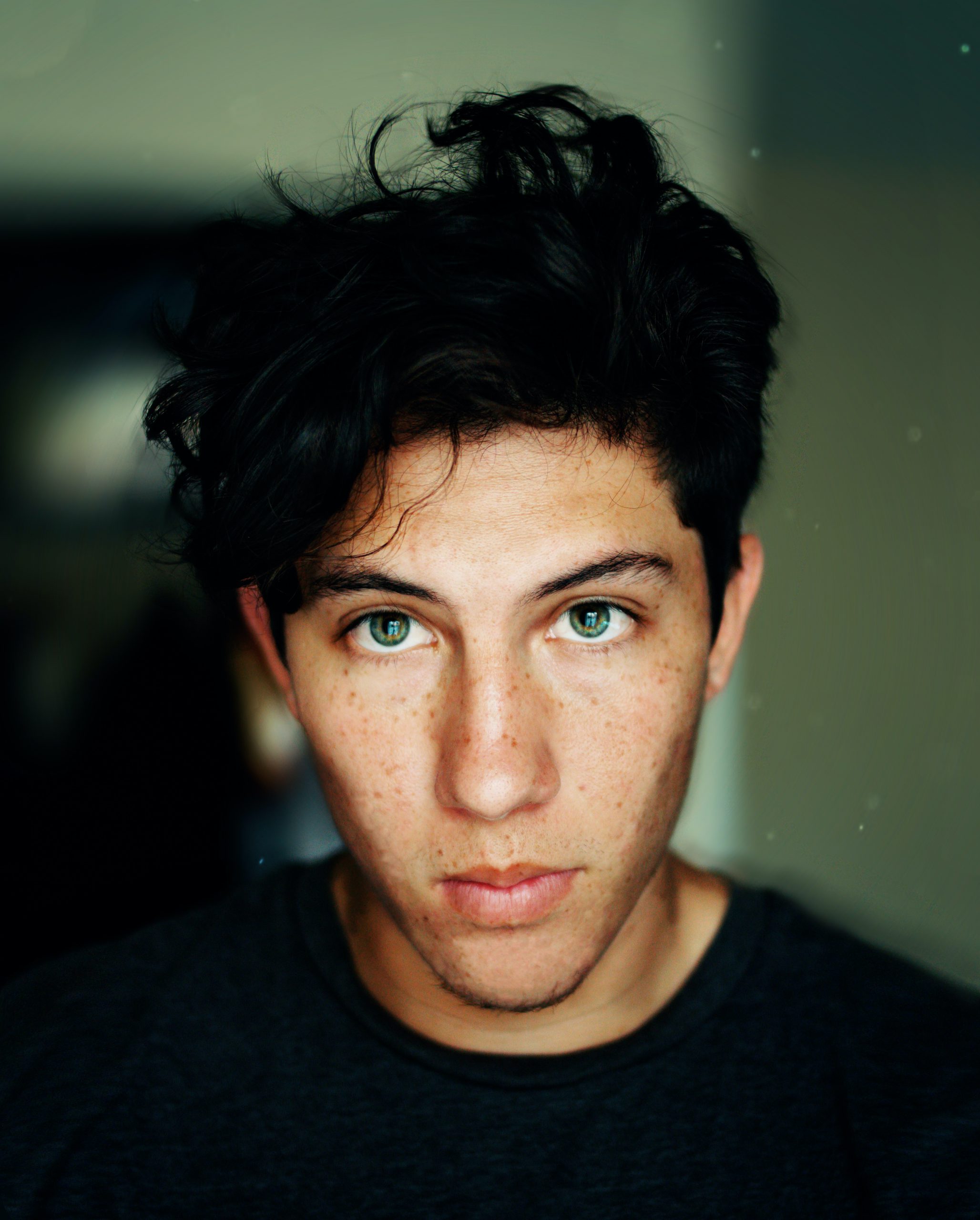Though easier to identify in adults, skin issues such as acne and rashes are more difficult to pinpoint in children. Babies can’t verbalize what they’re feeling, so it’s up to you to determine what is causing their flare-ups. In this article, we’ll list the most common skin conditions that occur in babies and how you can effectively treat them at home.
Baby Acne
Developing around two to four weeks after birth, baby acne is characterized by tiny red or white bumps that appear on the child’s cheeks, nose, and forehead. Though its cause is unknown, it’s usually an innocuous issue that clears up on its own at around three to four months of age.
How to treat it: When treating baby acne, avoid using over-the-counter products that you might use yourself. Instead, wash your baby’s face on a daily basis using a gentle soap and scrub tenderly to avoid pinching spots. Avoid using lotions or oily face products. Otherwise, your pediatrician may be able to provide other safe treatment options.
Eczema
A skin condition that causes a dry, red, and itchy rash, eczema is sometimes painful. It occurs commonly in children at around 6 months of age and can develop further as the child ages or wear out on its own. Eczema usually appears on a baby’s cheeks and forehead and develops onto the elbows, knees, and skin creases.
It is caused by dry skin or when the skin comes into contact with allergens such as pet dander, dust mites, household cleaners, or detergent. Sometimes, drooling can exacerbate eczema on the chin and mouth.
How to treat it: though incurable, eczema can be treated with lukewarm baths, thick creams, and ointments, or using fragrance-free detergents to wash your baby’s clothing.
Milia
Milia presents itself as tiny white bumps on a baby’s nose, chin, or cheeks, and often looks similar to baby acne. They are usually caused by dead skin flakes that get caught in folds and tend to disappear without treatment.
How to treat it: If worse than usual, you can treat milia the same way you treat baby acne—with gentle soap and daily washing.
Cradle Cap
At around 2 to 3 months old, a baby might develop yellow, crusty patches on their head known as cradle cap. Sometimes, the rash may appear on the neck, ears, and armpits, although isn’t itchy or harmful.
How to treat it: Start by using a gentler shampoo and brushing scales out with a soft-bristled brush. Avoid washing the hair out too often, as it may dry the scalp. Use baby oil to soften the scales.
Heat Rash
Caused by sweat and blocked pores, heat rash is aggravated by hot or humid weather. Heat rash is noticeable as red, fluid-filled blisters.
How to treat it: Generally, you’ll want to dress your baby in loose-fitting clothes, especially during hot summers. The rash will usually leave on its own but should be inspected by a doctor if the rash doesn’t go away, becomes worse, or gets infected.
Mongolian Spots
A birthmark that appears on a newborn baby, Mongolian spots are of a bluish-gray color that ranges in darkness. They’re usually spotted on the buttocks, lower back, or shoulder. These spots are common in babies of Asian, Mediterranean, Middle Eastern, and African descent and pose no harm to them.
Conclusion
While most skin conditions in babies are generally harmless, it’s important to be able to recognize what they are and whether they require further treatment. You can keep a baby from irritating the area by keeping their nails short and dressing them in mittens.
For more healthcare news and better healthcare advice, visit Dose of Healthcare to discover everything you need to know about your and your baby’s condition.


















